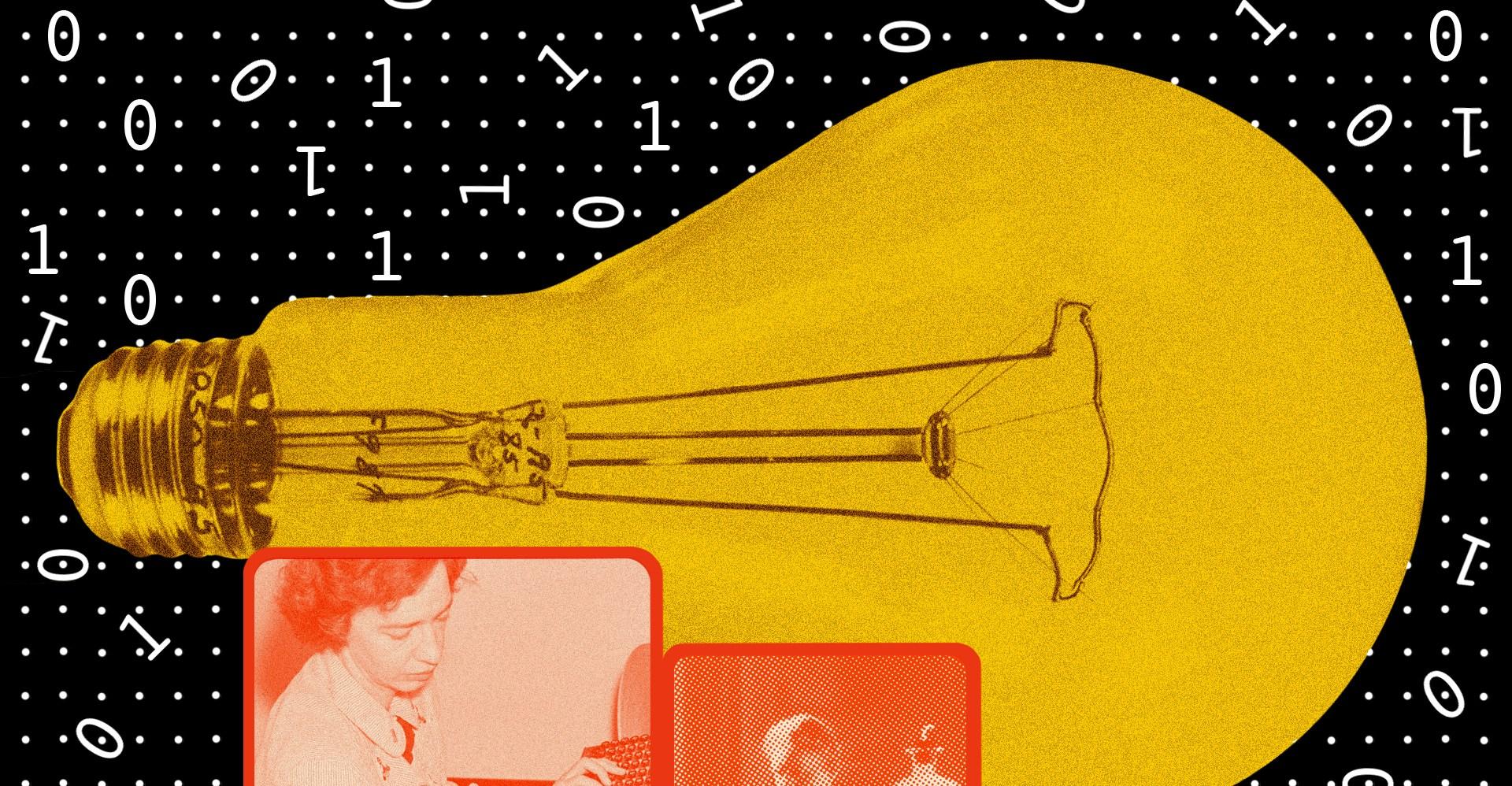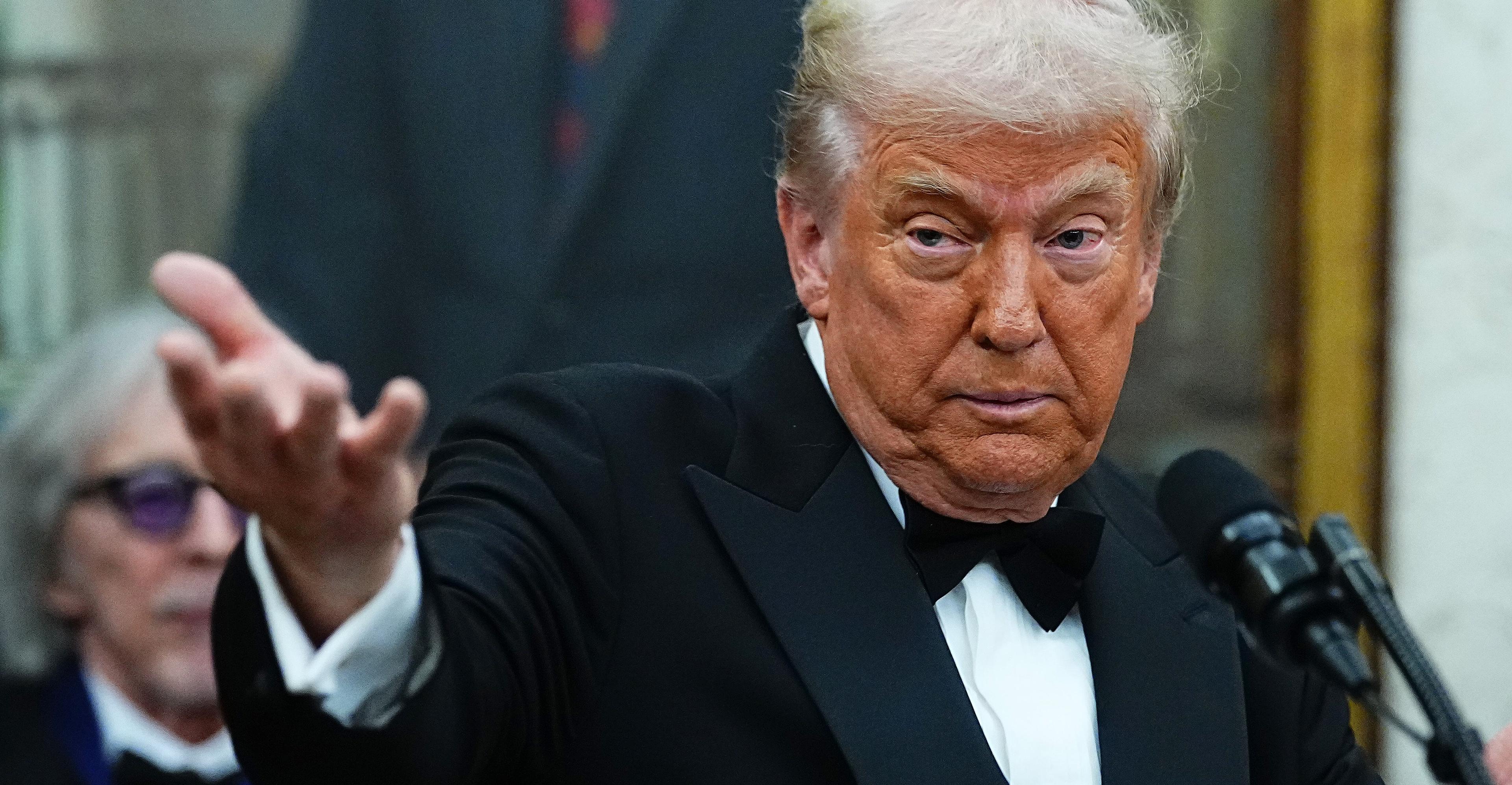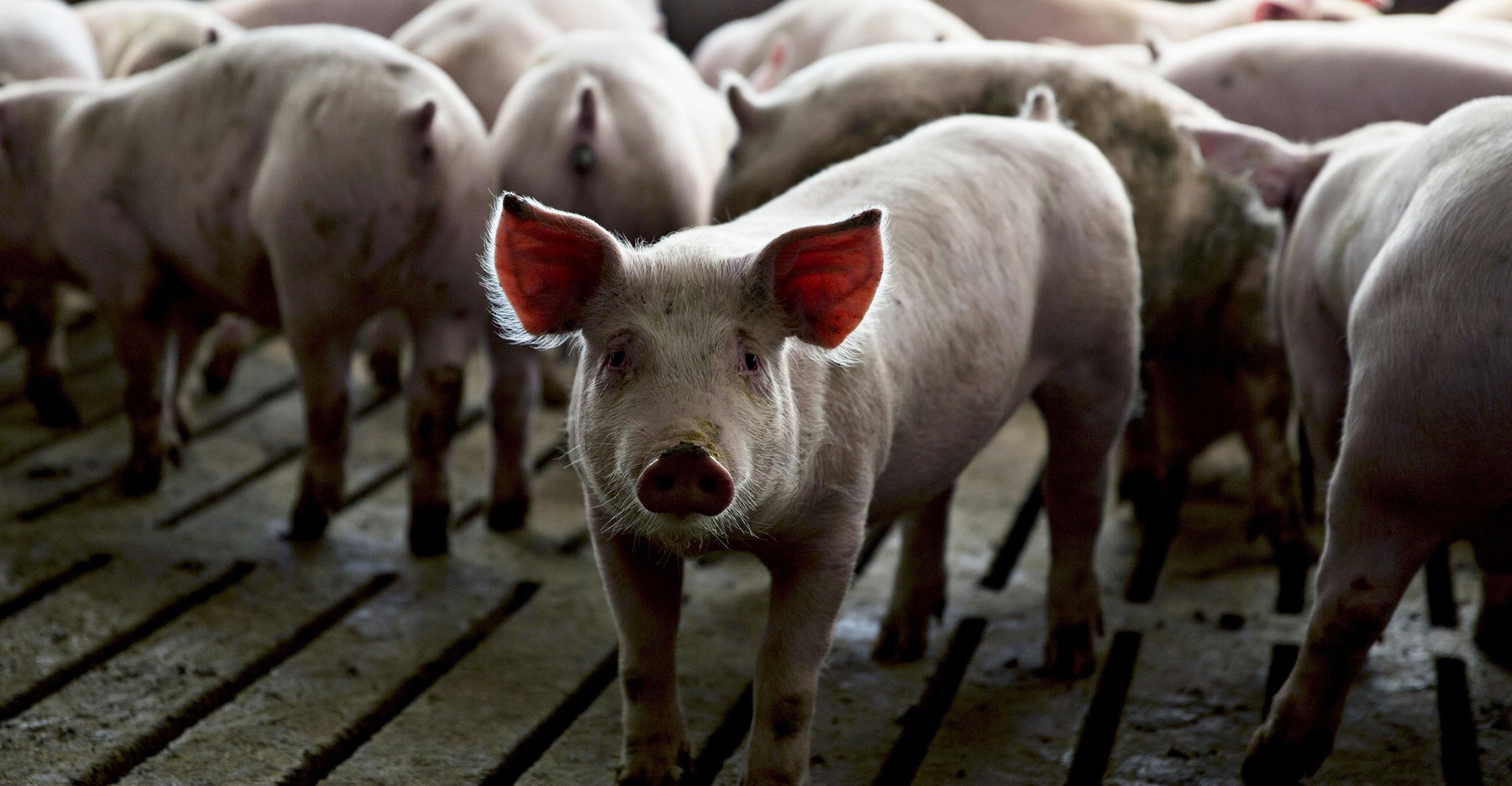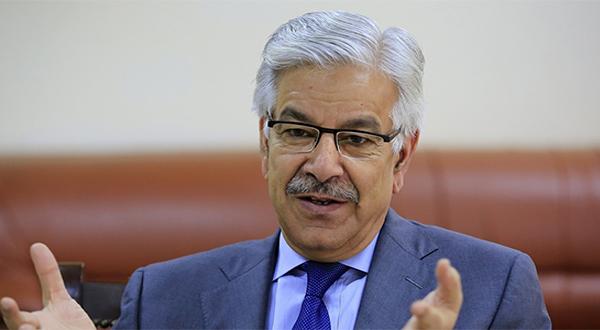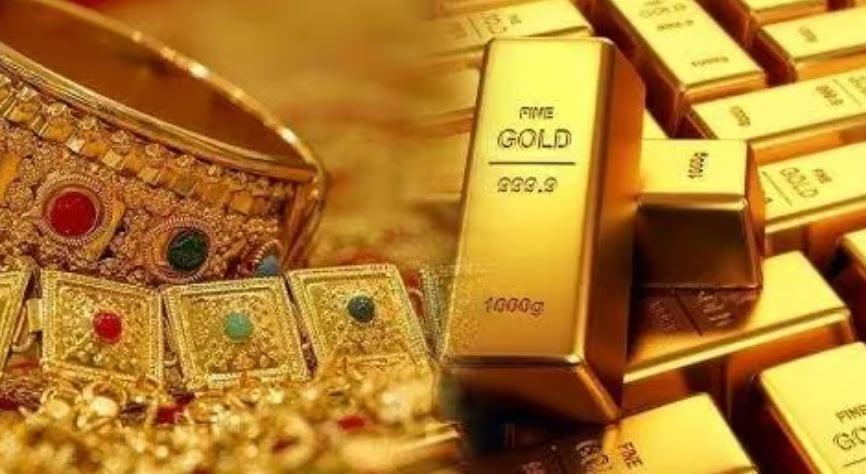Call them a vibe shift, the coconutpilling of America, or the next stage of “brat summer,” but the burst of memes that accompanied the launch of Vice President Kamala Harris’s presidential campaign matter. They have not just breathed new humor and life into t…

Published ایک سال قبل on جولائی 31 2024، 9:00 شام
By Web Desk

Call them a vibe shift, the coconutpilling of America, or the next stage of “brat summer,” but the burst of memes that accompanied the launch of Vice President Kamala Harris’s presidential campaign matter. They have not just breathed new humor and life into the Democratic Party’s hopes of beating former President Donald Trump, but have also created a narrow yet crucial window of opportunity for the Harris campaign to reengage a disillusioned part of their base, reach new and tuned-out young voters in a fragmented media ecosystem, and keep those voters energized into the fall. That will be a tricky job. Young voters have been historically disengaged from the 2024 presidential election and unhappy with the status quo: upset over the cost of living, worried about health care and abortion rights, appalled by the war in Gaza, and generally turned off by a rematch between two elderly men. They strongly disliked both Trump and President Joe Biden — souring particularly quickly and dramatically on Biden beginning in the summer of 2021 and driving down both his approval ratings and his chances against Trump in national polling. With Biden now off the ticket and Harris having all but locked up the party’s nomination, youth activists and experts on young voters told me that they are seeing signs that Democrats can recapture some of the lagging support the party was seeing while Biden led the ticket. “What happens online, especially for young voters, is a really important indicator of the general energy that they feel, and what we could see with turnout at the ballot box,” Cristina Tzintzún Ramirez, the president of the youth voter-focused organization NextGen America, told me. These memes are creating hope, inspiring curiosity about the race, and — perhaps more importantly — are saturating young people and online users at a time when traditional media and campaigning’s reach is limited. But will this be enough to get these young people to vote? Or will Harris’s campaign be the latest Democratic candidate to bet on the youth vote — and lose? Memes are doing something campaigns can’t do Besides being funny, memes have power both as symbols and as motivators. As my colleague Rebecca Jennings has written, in politics, memeability is a stand-in for how likable and relatable a candidate is, a sign of “ubiquitous internet presence,” and an ability to “transcend politics and become a legible cultural brand.” Presidents Barack Obama and Trump were, in their own specific ways, performers. Always in the public eye, they offered plenty of material from which memes could and can be made. They were entertaining to watch, inspired grassroots fandom, and did not have to try too hard to become cultural characters, not just politicians. They became more than just politicians — they became part of the zeitgeist, escaping the information silos of their respective partisans and becoming a form of monoculture. It’s early, but something similar is happening with Harris. What started off as nihilistic humor, out-of-context edits, and ironic posting as the country was navigating a chaotic month of political developments has turned into a real cultural moment and a springboard for Harris’s campaign and allies to reintroduce (or in some cases, introduce) the vice president to young people. “These brat memes, these coconut tree memes don’t necessarily inspire a vision, but [they inspire] hope,” Jack Lobel, the communications director of the youth outreach group Voters of Tomorrow, told me. “This feels like a moment, there’s optimism in the air, and it almost feels easier to do our jobs now.” That sense of optimism is due in part to how different the presidential contest looks now. This contest was once between two candidates who have dominated most of the political memories of the country’s youngest voters. Now it features a vice president who many people don’t know at all. Young people are already the cohort of voters least informed, least tuned in, and least likely to vote. Young Americans’ attention to political news hit a low point in 2023 — only about 9 percent said they followed political developments very closely, compared to an average of 16 percent in the past 20 years, according to Gallup. And less than half of 18- to 29-year-olds said in May that they had given the election heavy attention, compared to large majorities of older cohorts. In the context of a fragmented information and media ecosystem, these memes and social media are likely the first way many of them are getting to know Harris, her personality, her past lives, and her accomplishments. That much is true when it comes to her record. In polling conducted by the Democratic research firm Blueprint, most voters say they are aware of who Harris is, but not entirely sure how to define her or her priorities. Terms like “liberal” and “prosecutor” are the most likely ways that she is defined, including by younger voters, but not many people can name specifics about what she has done or accomplished — or about what she should be blamed for. This dynamic also appears online: memes, clips, and excerpts of Harris in interviews or town halls, on the trail or on the job, are now going viral, fueled by an interest in figuring out just who she is, a kind of curiosity fueled by wanting to be part of this cultural moment. Clips of Harris talking about gun control, reflecting on being a person of color, and instructing clerks in California to begin conducting same-sex marriages are all full of comments describing her as “a breath of fresh air” or marveling at how long she’s actually been in politics. The opportunities to engage young voters are here All this suggests a unique kind of opportunity to motivate, inform, and turn out young voters who have been waiting for this energy and vibe shift to shake up the race. The activists and experts I spoke with all told me that they are tracking tangible signs of changes in engagement by Gen Z and young voters. Lobel’s organization, for example, saw a spike last week in the number of applications made to create new chapters of their organization. Voters of Tomorrow’s political action committee also saw their best fundraising day ever in the wake of their endorsement of Harris’s candidacy. Voter registration rates are already spiking, with the majority of the 38,500 people who signed up on Vote.org in the two days since Biden dropped out being under the age of 34. And in the full week since then, more than 100,000 new voters have registered — 84 percent of whom are 18 to 34. The organization told Vox about 1 in 5 of those registrants are 18-year-olds, and the swing states of Florida, Georgia, North Carolina, and Pennsylvania are among the states that saw the highest surges in sign-ups. The polls are already showing some movement, though it is early: Economist, CNN, and CBS surveys also show an increase in young voter interest or motivation in voting since Biden dropped out. Others show Harris restoring the traditional margin of support Democrats have enjoyed in presidential contests: both the New York Times/Siena and Axios/Generation Lab polls from last week roughly show Harris holding a 20-point lead among these voters. Those same polls either gave Biden only a 4 percent advantage back in April, or showed Trump leading Biden. Focusing on young voters comes with risks Some of this may be temporary — the result of a honeymoon bump of positive coverage, relief over Biden’s exit, and the general lack of awareness of Harris. And while it can be tempting to think it will hold, the vibes won’t stay this positive forever. More progressive and left-leaning younger voters may yet become disillusioned as they find out more about Harris, her record on policing, her approach to Gaza, or who she picks as her running mate. Other more moderate or independent younger voters may feel similarly conflicted as the general election proceeds. Keeping this positive sentiment will require sustained investment and outreach from Harris, her surrogates and campaign, and supportive outside groups — previous outreach to young voters, a lower-propensity group, tends to come later in the electoral cycle, when they are back on college campuses in the fall, and are folded into traditional get-out-the-vote efforts. There’s also the risk of official organizations and politicians overplaying the memes and jokes — acknowledging them too much on social media or at rallies, tiring out the humor, or coming across as corny or inauthenticity — the kind of thing that hampered Hillary Clinton’s attempts at younger voter outreach (“Pokemon go to the polls” being the classic example). All of this is risky: while plenty of glowing coverage in the Trump and Biden eras has painted young voters as progressive saviors for the Democrats, young voters are not the most reliable segment of the electorate. This cohort of voters turned out in record numbers during the pandemic, but were never hardcore Biden supporters. They voted at historically high rates in the 2022 midterms, but they were not as solidly Democratic as they had been in previous midterm years (2018 is the high watermark for young voter turnout in a midterm year). And they have dealt setbacks to Democrats before. A sharp drop in young voter turnout and support for Democrats nationally and in battleground states in 2016 contributed to Clinton’s loss to Trump. A similarly dramatic drop-off hurt Democrats during the 2010 midterms after surging to elect Obama in 2008. And they have generally become less supportive of Democrats and a smaller share of the electorate since the Obama years, when they made up a fifth of the voting electorate and backed him over John McCain by a more than 30-point margin. Why Harris’s campaign might fly where others fell For now, Harris and her surrogates have signaled they plan to take young voters seriously. Speaking virtually to a Voters of Tomorrow summit in Georgia this weekend, Harris promised not to neglect younger voters, saying it was young voters who helped deliver Biden and her to the White House. “This November, we will win again, and we need your support,” Harris said. “We know young voters will be key and we know your vote cannot be taken for granted. It must be earned. And that is exactly what we will do.” Some Democratic-aligned groups also plan to take advantage of these social media vibes: on a call with reporters last week, a spokesperson for Priorities USA, the Democratic super PAC, said they expect more opportunities to work with social media influencers and content creators with Harris at the top of the ticket. Before Biden left the ticket, many creators who had worked with the super PAC in past cycles did not feel comfortable talking about politics or promoting specific candidates, Nick Ahamed, Priorities’ deputy executive director, said. “That actually changed over the last 72 hours,” he told me. These early online indicators are encouraging signs, Lobel said, but they’re just a start. “Views and likes are not the end game. The end game is political action.”
Bondi Beach shooting: Australia hails ‘hero’ Ahmed who stopped gunman
- 8 hours ago
Source: Gray, Nats reach deal to avoid arbitration
- 14 hours ago
Jays president Shapiro given new 5-year deal
- 14 hours ago
Diaz picked Dodgers because 'I'm looking to win'
- 14 hours ago
Security forces kill 13 Khwarij in two separate engagements in KP: ISPR
- 8 hours ago
Blue Jays acquire right-hander Lee from Tigers
- 14 hours ago
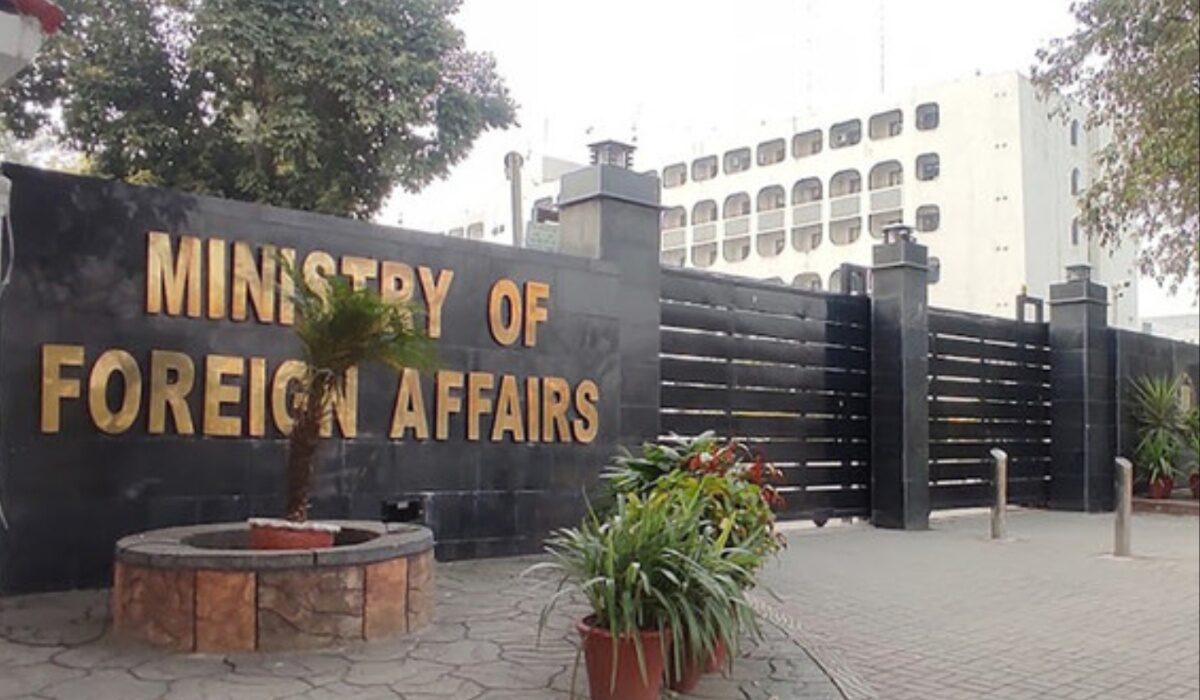
Pakistan condemns attack on UNISFA in Kadugli, Sudan
- 8 hours ago
Sources: Rangers address needs with 3 signings
- 14 hours ago
Pakistan aims to become model in digital assets regulation: Bilal saqib
- 7 hours ago
Under-19 Asia Cup: India beat Pakistan by 90 runs
- 8 hours ago
Australian PM declares Sydney shooting a ‘terrorist’ attack targeting Jews
- 7 hours ago
NHL board of governors eager to see more 'color vs. color' jersey matchups
- 14 hours ago
You May Like
Trending

